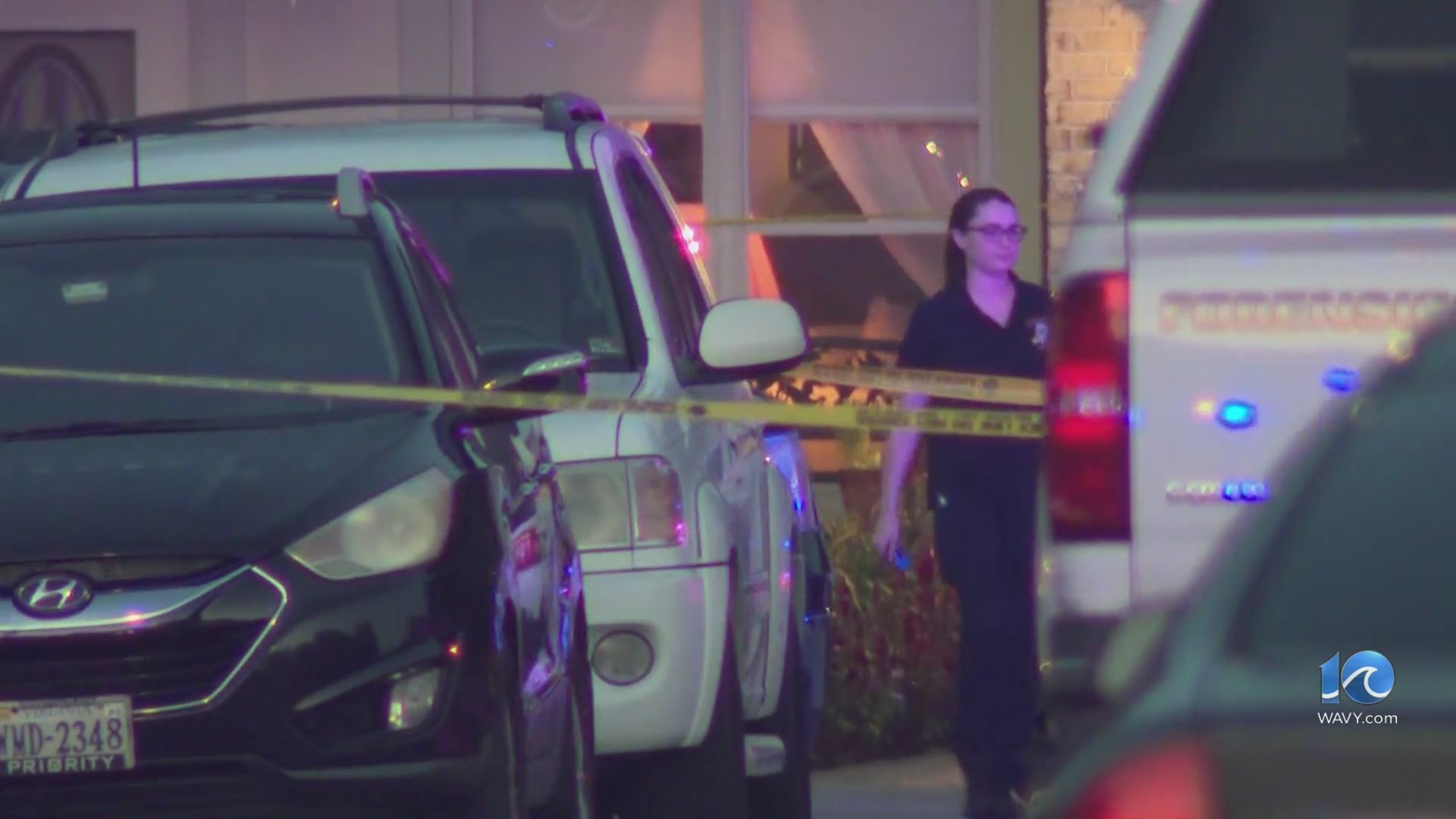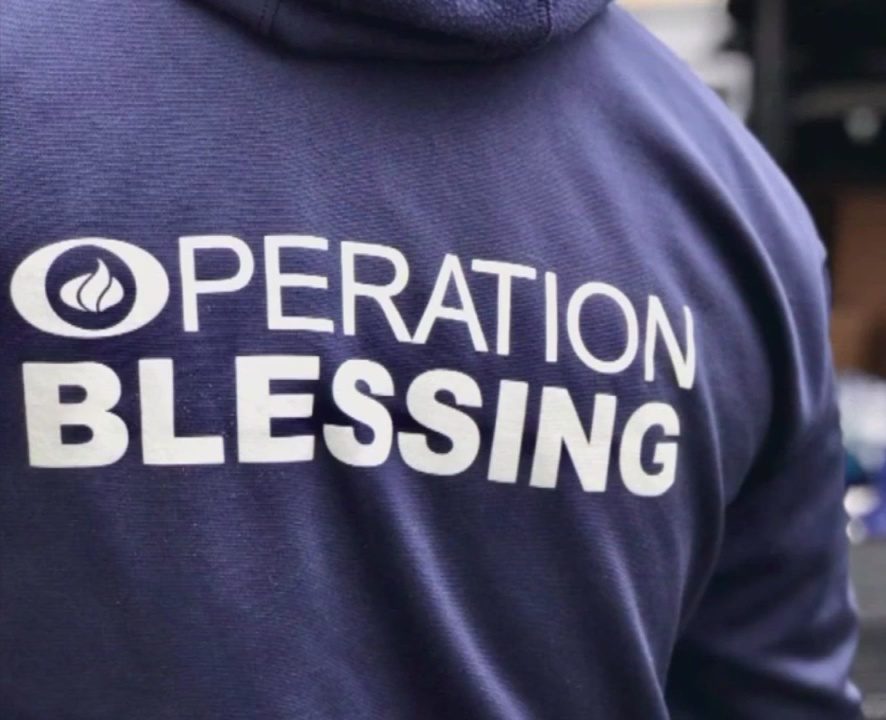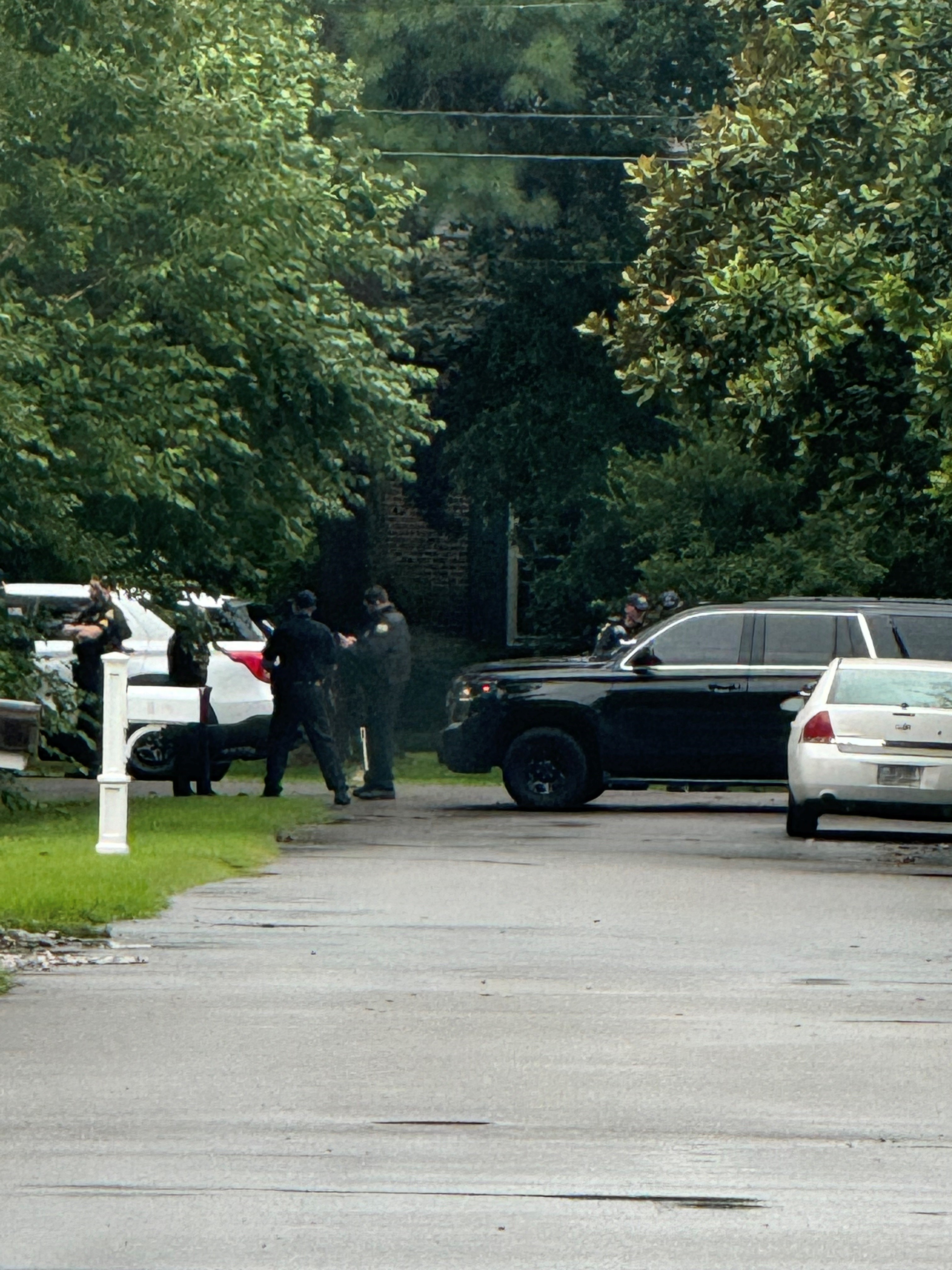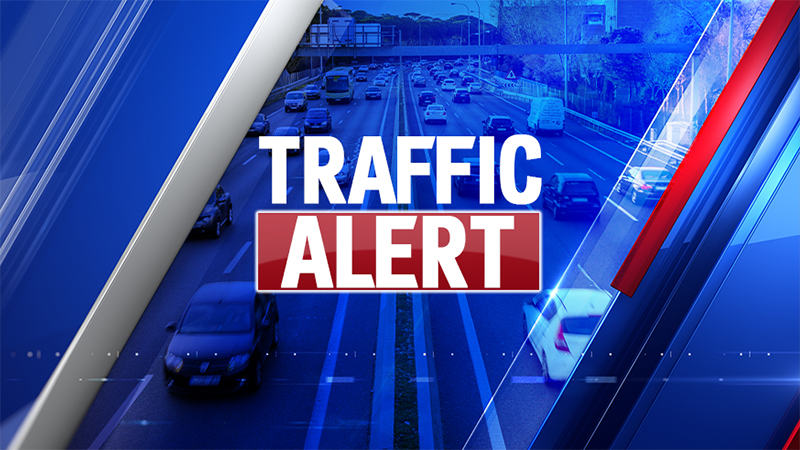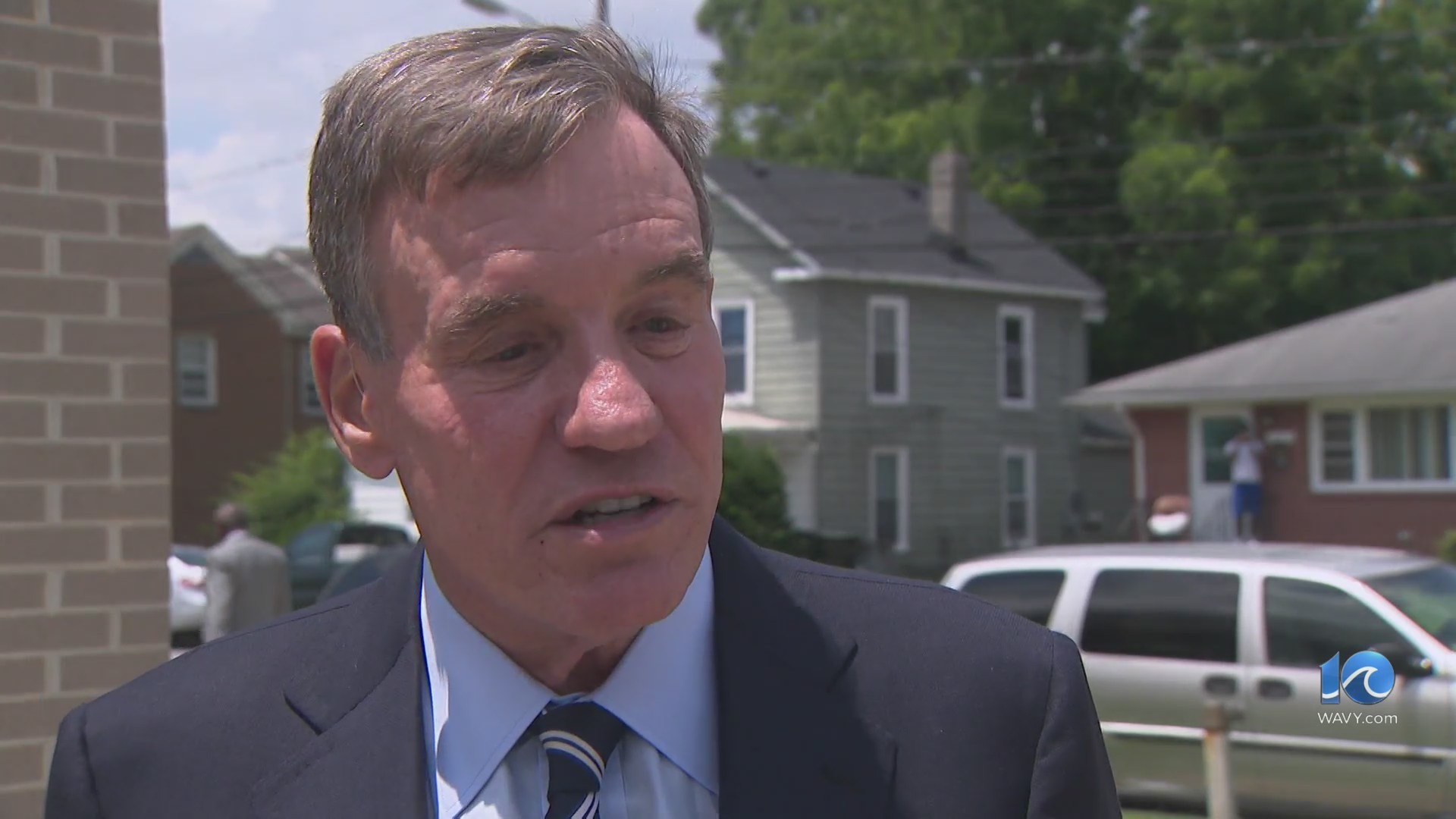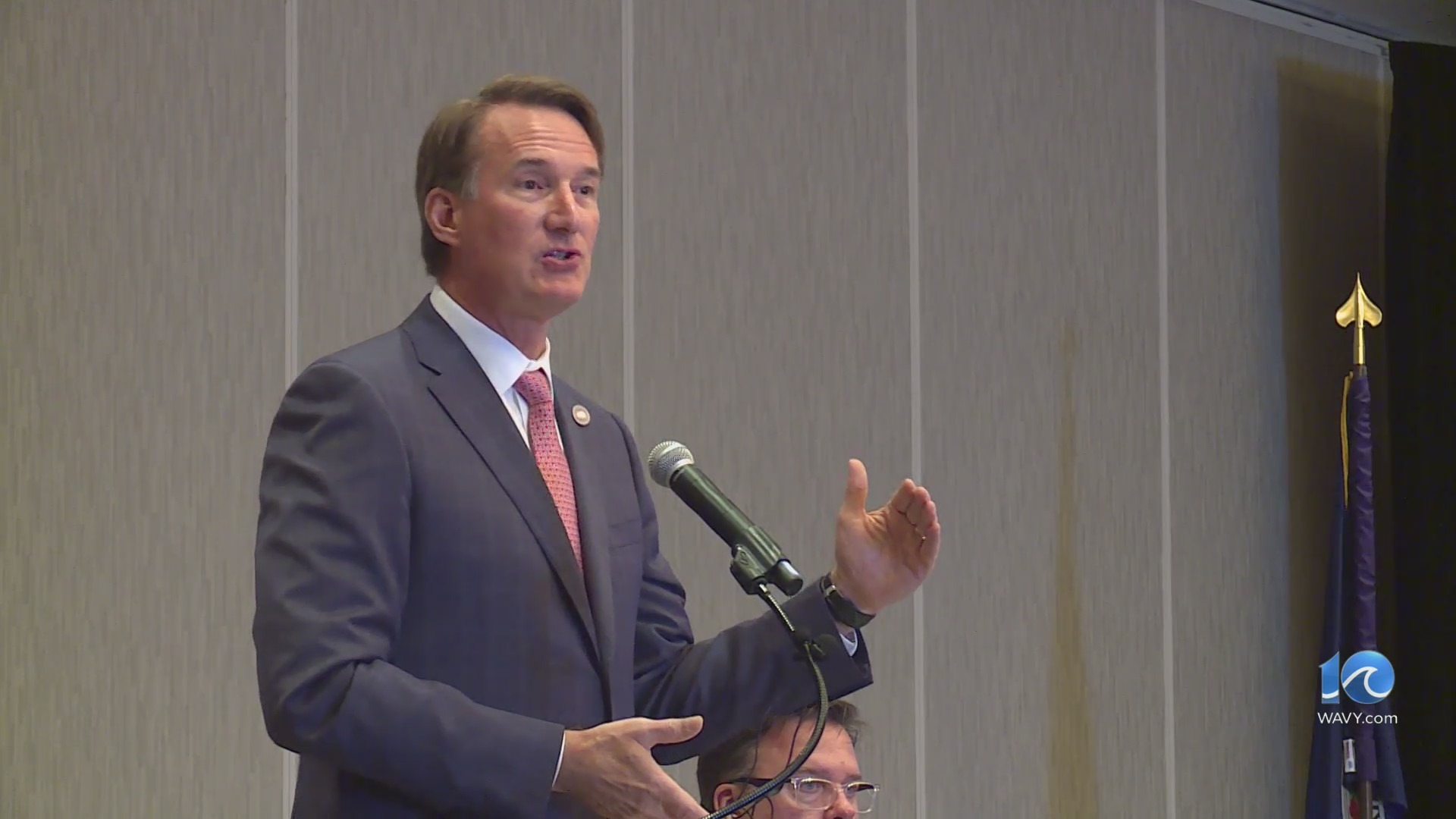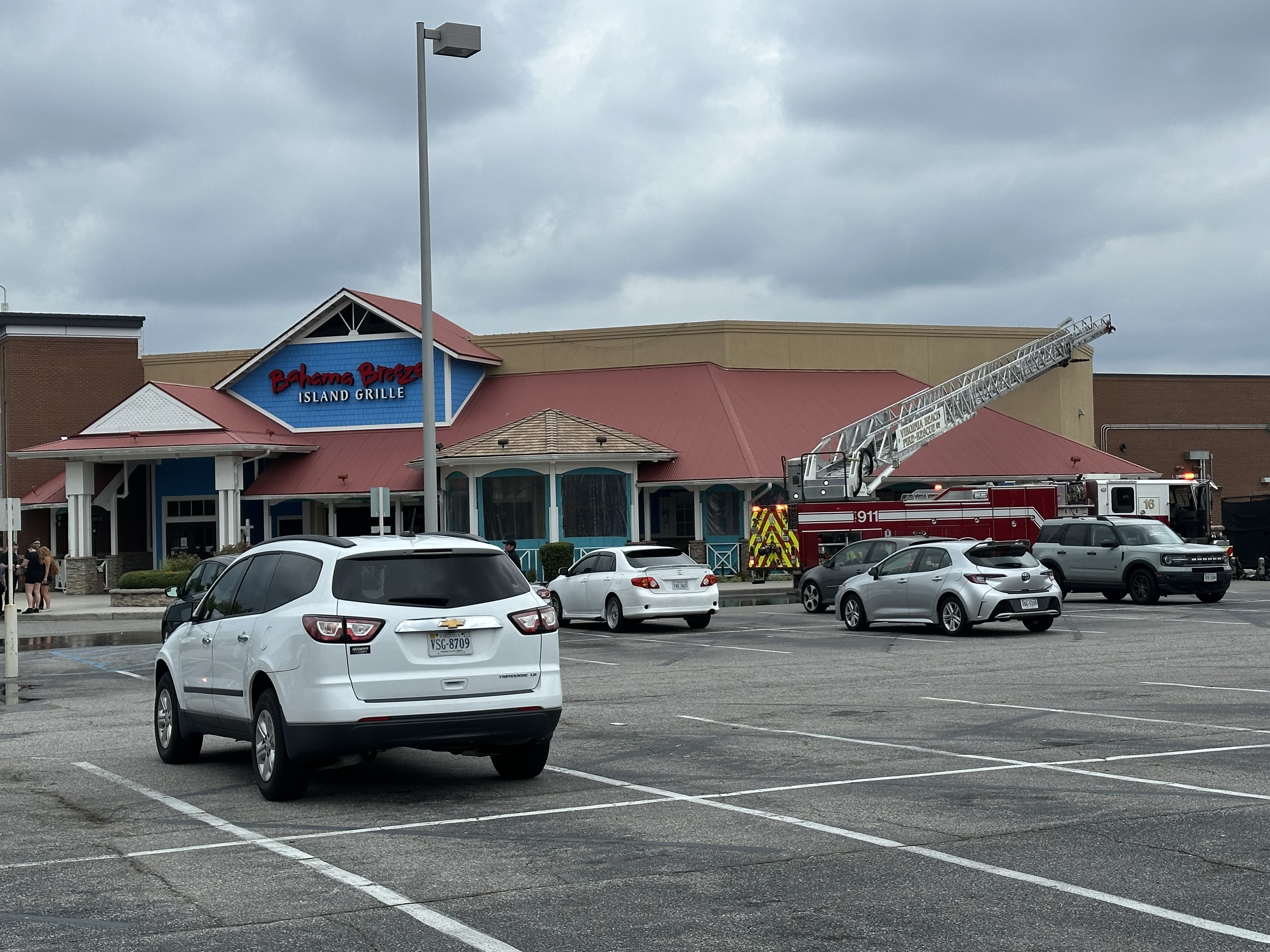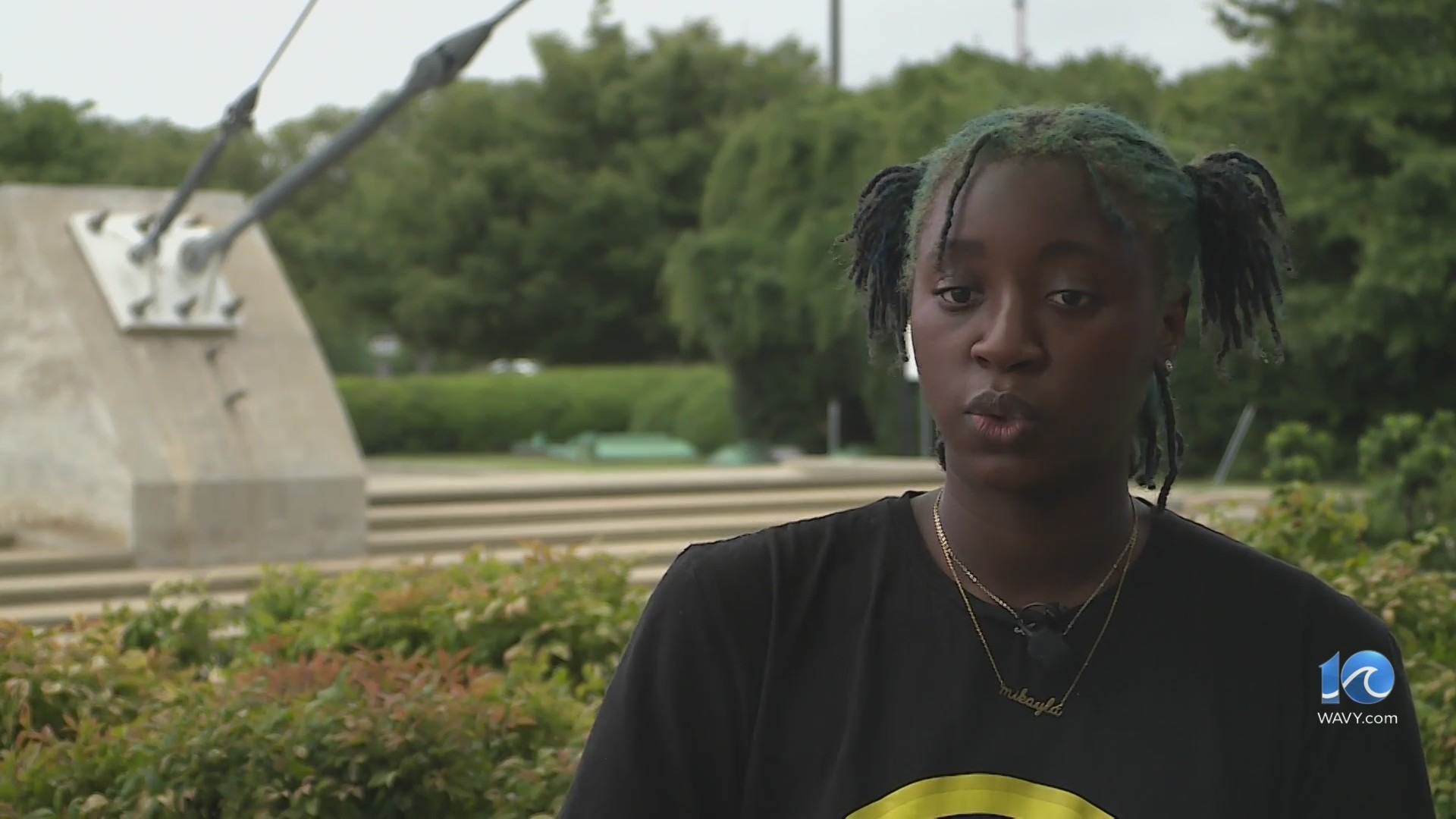RALEIGH, N.C. (WNCN) — Cases of coronavirus are down significantly in nursing homes, both in North Carolina and across the nation, and industry leaders credit the vaccine for those declines.
But for the general population, medical professionals say it’s probably too soon to say similar drops in those metrics among the general population reflect all those shots going into arms.
“I think it’s really complicated to know when we see a vaccine is having an effect,” said Dr. Joe Eron of the University of North Carolina School of Medicine.
Such a direct cause-and-effect relationship doesn’t show up until about 60 to 70 percent of the population are fully vaccinated, Eron said.
“That’s going to take a while,” Eron said.
Nearly a million North Carolinians have already received the two doses of the Moderna or Pfizer vaccines required for full inoculation, according to state Department of Health and Human Services figures. That’s less than 10 percent of the state’s population.
To get to 60 percent, about 4 million more people in the pool of people older than 18 would need to be vaccinated. At the current pace of more than 50,000 shots per day across North Carolina, the state would reach that benchmark in late spring.
It’s hard to estimate how much faster that point will arrive with the introduction of the single-dose vaccine produced by Johnson & Johnson. The state is receiving more than 80,000 doses of that vaccine this week, but none next week, state leaders said.
But there is one group that’s claiming a vaccine effect already — nursing homes.

State data show the number of new cases reported in nursing homes across the state last week was roughly half of what it was earlier in February.
Across the nation, the American Health Care Association says the number of new cases among nursing home residents dropped by 82 percent and deaths fell by 63 percent from late December, when the vaccination process started, through early February.

Weekly new cases dropped to the lowest level since the Centers for Medicare and Medicaid Services began tracking those numbers in May.
“We still have a long road ahead, but these numbers are incredibly encouraging and a major morale booster for frontline caregivers who have been working tirelessly every day for a year to protect our residents,” said association president Mark Parkinson. “This new data showcases just how important it is for nursing homes residents and staff, as well as the general public, to get the vaccine because it is clearly working.”
There are a few reasons for that. The level of spread in nursing homes frequently reflects the spread in the surrounding community, so it’s natural for those numbers to decline in concert with one another.
But the high numbers of nursing home residents and staff vaccinated through the federal partnership with CVS and Walgreens has made a noteworthy impact, too, experts say.
“As we see it come down in the community, we see it come down in the facility. But I think another significant factor is the vaccine, and that is really good news,” said Adam Sholar, the president of the North Carolina Health Care Facilities Association, the trade group that represents the state’s nursing homes.
“I think that, really, that (change in numbers), I think we can say, ‘You know what, this is the vaccine working,’” Sholar said.
Sholar said about two-thirds of staff members have chosen to take the vaccine, along with “almost every resident who is eligible.” State data show 85,104 people have been fully vaccinated through the federal long-term care program with another 37,209 awaiting their second dose.

“I think in a closed place like a nursing home where you can show that everyone in the nursing home including staff have been vaccinated, I bet that’s a vaccine effect,” Eron said.
Now the challenge is to keep those nursing home numbers relatively low. Parkinson said the national association wants public health officials to “continue to ensure that long term care residents and staff remain the highest priority” for vaccine access, and established a goal of inoculating 75 percent of workers by June 30.
“We cannot let our guard down,” he said.


